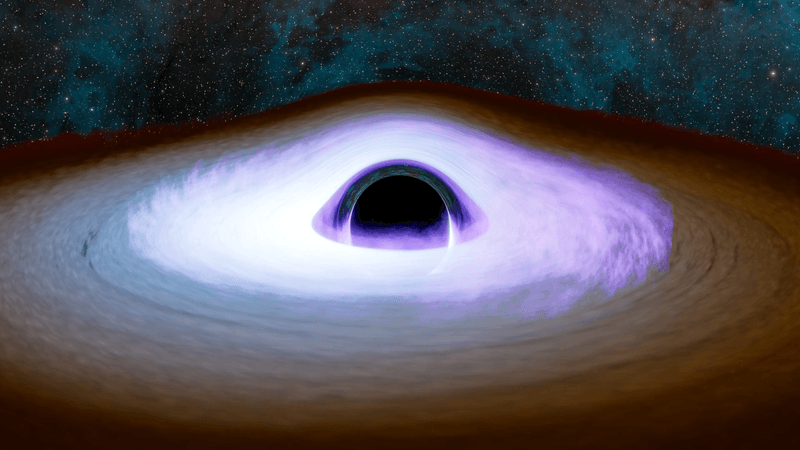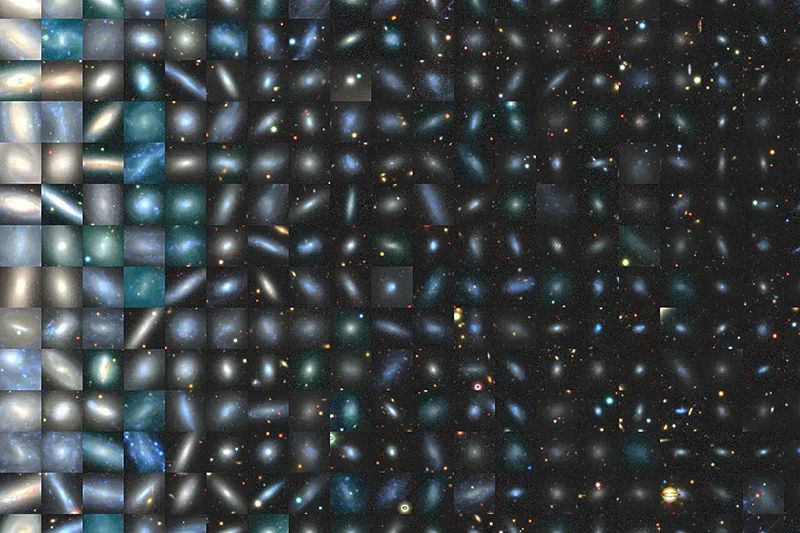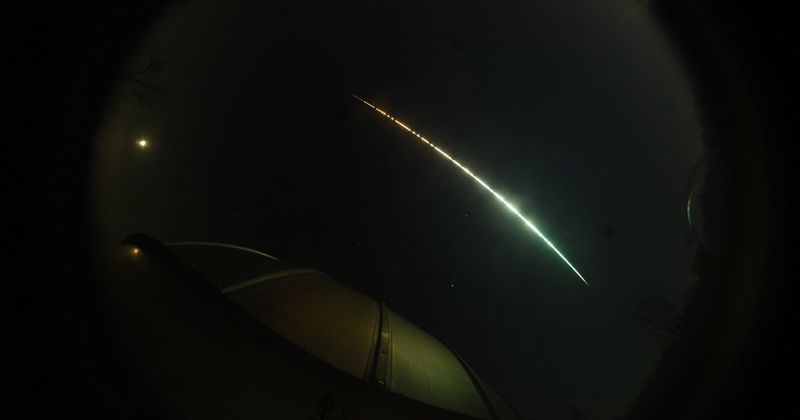The Sun is surrounded by an atmosphere of plasma that we call the corona. It is nearly 1 million degrees Celsius (1.8 million degrees Fahrenheit) of hot plasma stretching far into the Solar System. Black holes also have a corona, but astronomers have struggled to completely understand its shape and how it relates to the accretion disk of material that surrounds actively feeding black holes – until now.
Black hole coronae are billions of degrees hot, which makes them a lot more difficult to study in detail. Using NASA’s IXPE (Imaging X-ray Polarimetry Explorer), researchers were able to study the coronae of 12 black holes, some stellar-sized and others supermassive. They found that the corona and the accretion disk extend in the same directions.
“Scientists have long speculated on the makeup and geometry of the corona,” lead author Dr Lynnie Saade, from the Universities Space Research Association, working at NASA’s Marshall Space Flight Center, said in a statement. “Is it a sphere above and below the black hole, or an atmosphere generated by the accretion disk, or perhaps plasma located at the base of the jets?”
The idea that the corona is a lamppost hovering over the accretion disk is ruled out, but the shape is not the only exciting finding of this work.
The researchers also showed that no matter the size, from the small ones to the supermassive, black holes suck in matter the same way. This means that by studying smaller, close-by black holes, we can learn about the supermassive ones that live in the heart of galaxies millions of light-years away.
“Stellar-mass black holes rip mass from their companion stars, whereas supermassive black holes devour everything around them,” added Philip Kaare, the principal investigator for the IXPE mission, also at Marshall. “Yet the accretion mechanism functions much the same way.”
“IXPE has provided the first opportunity in a long time for X-ray astronomy to reveal the underlying processes of accretion and unlock new findings about black holes,” Saade added.
It is X-ray polarization that IXPE can spot. Light is polarized when its waves are forced to oscillate on a specific plane. Magnetic fields and other interactions present around black holes can polarize light and the observatory uses this polarization to map the shape and structure surrounding the black holes.
The study is published in The Astrophysical Journal.
Correction: An earlier version of this article incorrectly stated Dr Lynnie Saade as from NASA’s Marshall Space Flight Center. It has been updated to clarify that Dr Saade is from the Universities Space Research Association, working at NASA’s Marshall Space Flight Center.





